
Onboarding vs. Implementation: Do You Need Both?
- 9 Min read
Ask any business owner and they will tell you customer experience is totally different from what it used to be in the past. Modern customers are picky, demanding and fickle. They know quite well that they are kings of the present-day market. Their expectations are high and continue to grow.
In a business climate like this, businesses are forced to fight for customers. It is no longer enough to have a high-quality product or service – you need to deliver exceptional customer service as well. And that is why many companies introduce the term customer engagement into their corporate lexicons.
Another important thing one should mention when talking about today’s business environment is rapid technological growth: new software solutions appear every day and the sphere of customer engagement is not an exception. Using special software, companies can personalize customer service and drastically improve the way they interact with their customers. In this article, we will dwell on the following topics.
We will consider the problem of using modern technological solutions for effective customer engagement: we will explore what a customer engagement platform is, discover its main features and look at the best customer engagement tools present in the market today. Let’s dive in!
Before discussing what a customer engagement platform is, we think we should first turn our attention to what customer engagement is and how exactly businesses engage with their customers.
Well, the term customer engagement usually refers to all the actions a company might take to develop customer relationships with a prospect of long-term loyalty. The main aim of customer engagement is to nurture customer loyalty, increase customer happiness and improve customer communications.
‘How exactly do businesses engage with their customers?’ you might ask. The truth is there’s no definitive answer. Much depends on the type of business, the sphere it operates in, its target audience, etc. But typical customer engagement activities may comprise targeted social media campaigns, high-quality customer support, personalized email marketing, gathering feedback, special offers and discounts, self-service options like a knowledge base, etc.
Okay then, what is a customer engagement platform? Well, it is dedicated software that helps companies manage and improve customer journey in all its stages: from onboarding to long-term customer loyalty. Customer engagement platforms can come with various tools and functionalities, so the choice of the proper one is not always easy. Customer engagement software can include customer data management features, communication and analytics tools, chatbots and virtual assistants, live chat, knowledge management tools, personalized messages, etc.
Unified customer view: Customer engagement solutions enable businesses to collect all the critical customer data from diverse sources within one platform. This way companies get a chance to better understand when, how and where customers interact with the business.
Enhanced personalization: Using customer engagement software, businesses can create personalized experiences for their customers through multiple channels: emails, in-app messages, website communications, etc. Over time, your reward will be more loyal customers.
Better analytics and reporting: Customer engagement platforms typically come equipped with robust tools that allow for gathering and analyzing important data as well as creating informative reports. Real-time analytics can be a powerful weapon when it comes to proactive management.
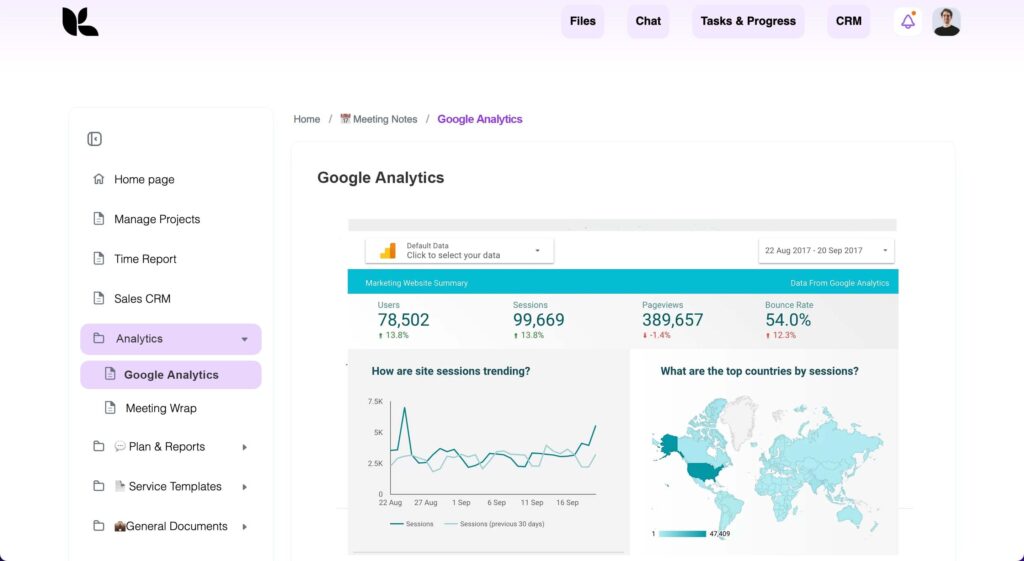
Multi-channel consistency: Customers today interact with businesses across various communication channels and customer engagement tools let the latter ensure consistent messaging and experience across all possible communication platforms. More than that, customer engagement platforms help decrease average wait time, which according to statistics, can minimize customers’ frustration and discontent.
Improved customer retention: Customer engagement can lead to higher customer satisfaction levels, which in turn leads to greater customer loyalty. The cost of acquiring new customers can be up to five times higher than the cost of retaining existing customers, so customer engagement can also have a positive impact on the company’s revenue.
Streamlined operations: With the help of a customer engagement platform, businesses can automate lots of routine tasks and workflows, allowing the staff to focus on really important stuff.
Scalability: As a business grows, its customer engagement needs to grow too. Customer engagement platforms are designed with that in mind: they allow companies to easily accommodate the growing number of users without a substantial cost increase or productivity decrease.
Selecting a customer engagement platform is a crucial step for a business aiming to enhance customer engagement and improve customer satisfaction. But how can you make the right choice with so many options in the market? Below is a list of what to look for in customer engagement software.
Effortless user experience
Remember: a complex-to-use platform with a non-intuitive interface can frustrate and push your customers away. The customer engagement platform should be easy to navigate and use for users without a technical background.
Rich customization options
Try to find the tool that will be easy to tailor to your specific needs; out of so many customer engagement platforms available in the market look for those that will be able to adapt to your requirements.
Analytics and reporting capabilities
Customer analytics is indispensable when it comes to engagement. To provide excellent customer service, companies need to have as much information about their customer behavior as possible. Look for platforms offering real-time analytics, customer segmentation and ROI tracking. Reporting tools in turn allow for analyzing and interpreting reliable data for faster and more effective decision-making.
Knowledge management tools
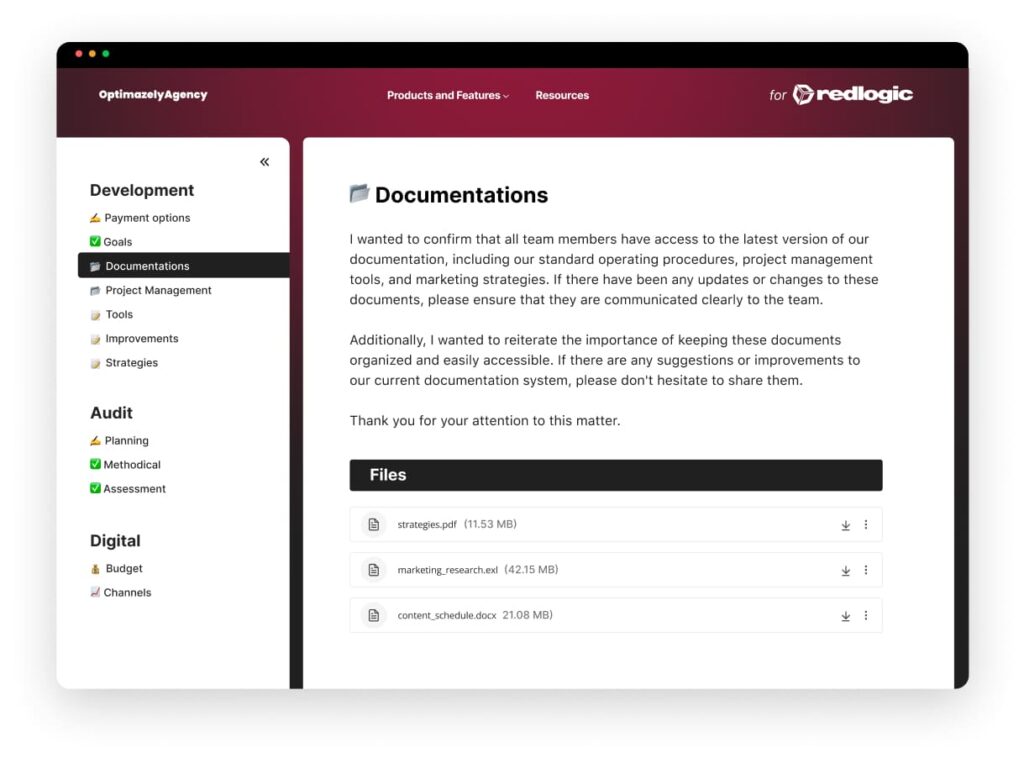
When your customer has a problem, the last thing they want is to hang on the phone with your customer support specialist or wait for an email from your support team. All they want is to resolve the issue quickly and preferably on their own. Therefore when considering a customer engagement platform, pay attention to the capability to create a knowledge base within its workspace. Well-compiled knowledge bases significantly load off support teams and enhance customer experience.
Security
Data security should be your top priority. The customer engagement solution you choose should be equipped with all the necessary security to protect your customers’ data from unwanted access. Look for software that allows for permission control, 2-step verification, passcodes for mobile app clients, server-side backups, etc.
Integrations
The best customer engagement platform should be able to integrate with all the tools and systems in your current workflow. This will ensure the smooth adoption of the solution by your teams and guarantee its painless implementation.
As we already mentioned above, the success of a business in today’s highly competitive market depends on its ability to deliver personalized customer experience throughout the entire customer journey. Customer engagement platforms allow businesses to benefit from the synergy of technology and strategy to achieve more efficient customer interactions. But how does a customer engagement platform work? How to approach it? Where to start?
Step 1: Evaluate your needs
Before diving deep into customer engagement, you need to have a clear understanding of your requirements. What are the primary objectives of customer engagement in your company? First, clarify your goals and only then will you be ready to move on.
Step 2: Select the right tool
Once you have a well-defined list of goals, you can select the customer engagement platform. Take the matter seriously: invest time into studying ratings, read reviews, book demos – you need to be armed with knowledge to make the decision.
Step 3: Integrate the platform into your business workflow
Having selected the customer engagement software, you can go on to integrate it with your existing tools and systems. Make sure it can seamlessly synchronize with your critical business applications such as CRM, a marketing automation tool, an e-commerce platform, social media management software, etc.
Step 4: Train your customer-facing teams
To get the most of the platform, your teams must be well-acquainted with its functionality. Make sure your support and customer relationship management teams as well as sales and marketing teams have received proper training and know how to utilize the platform effectively.
Step 5: Import customer data and make all the necessary configurations
Migrate all your customer data to the new platform and configure it to your needs. Take time to set automated workflows, access permission, etc. Once done, you can launch!
Step 5: Monitor the performance
Having launched the platform, start tracking its efficiency immediately. Pay special attention to such metrics as engagement rates, customer satisfaction levels and customer lifetime value to assess the effectiveness of your customer engagement strategy.
Step 6: Gather feedback
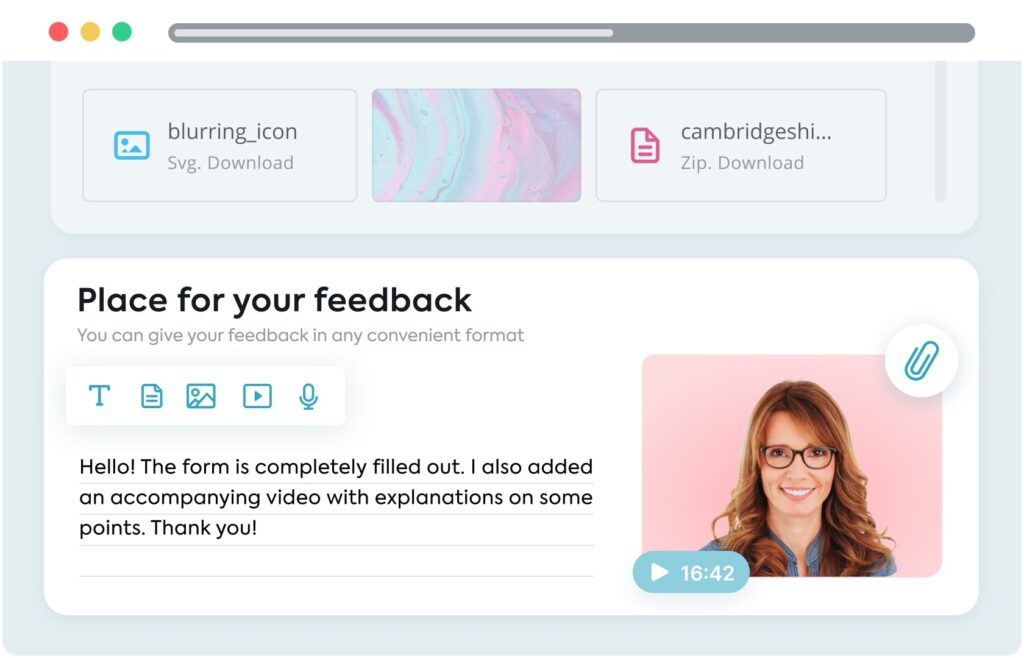
Invest in collecting and analyzing user feedback – this information will help you adjust the platform and change the customer engagement approach if necessary.
Step 7: Provide regular updates
Being equipped with such valuable information as performance metrics and customer feedback, you can enhance your platform to better meet customer expectations. Make sure your customers know that you update the platform on an ongoing basis – they will see that you value them.
Now that you know what a customer engagement platform is, features you should look for and how to implement the chosen customer engagement tool are the next factors to consider. We will tell you about the best solutions businesses can use to engage customers.
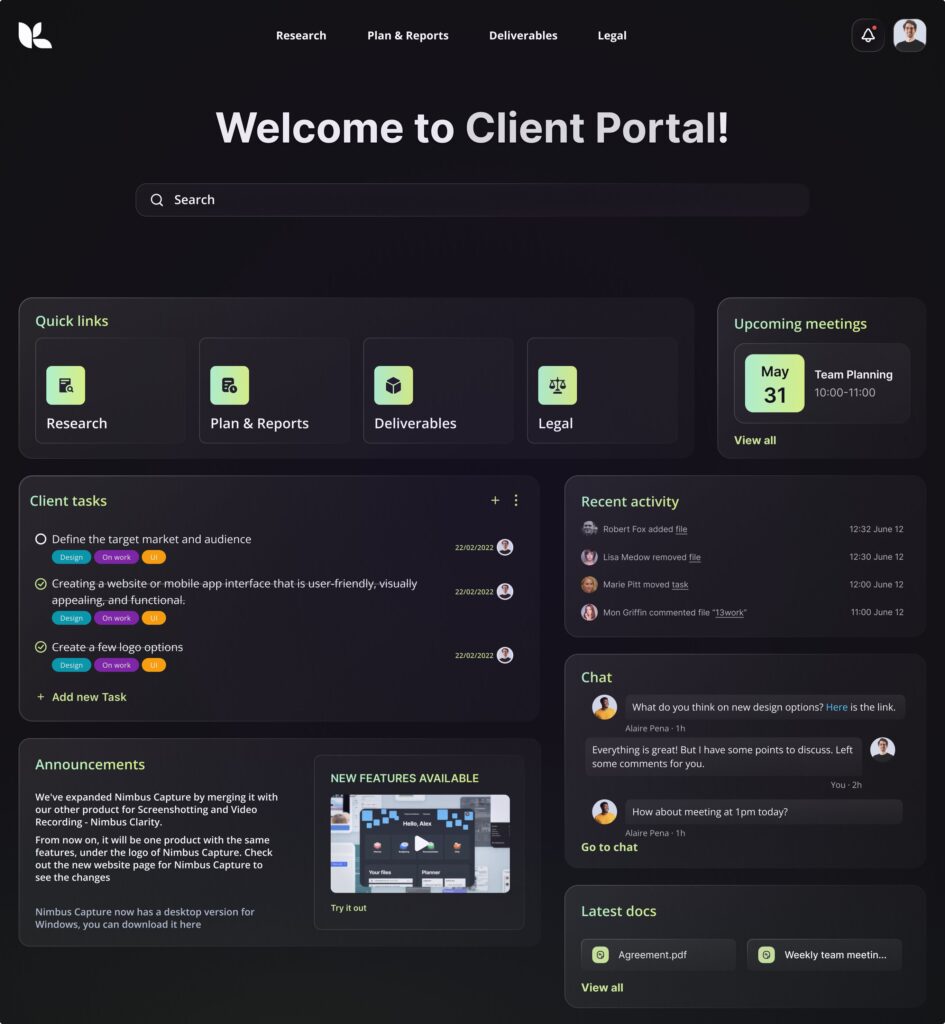
FuseBase originated as a note-taking app in which people could use to create and store their notes, ideas, important documents or even interesting articles from the Internet. Nowadays it is a powerful all-in-one collaboration platform that can be used for various purposes including customer engagement.
Let us look at how FuseBase can help you deliver more value to your customers by exploring its main features.
Knowledge management
FuseBase provides the best possible way to structure and organize your data: you can create individual workspaces with custom permissions, break down all the information into workspaces and folders and add tags for quick access to the required content.
What differentiates FuseBase from similar solutions is its capability to create a knowledge base. With the Super documentsfeature much appraised by the users, you can easily consolidate multi-format content within one page. The sharing is pretty much simple – users even do not need to have accounts – sending a link is enough. To structure your knowledge base, you use a well-known for you system of folders and subfolders, and to search and access the necessary information, there is a well-designed system of tags, that we have already mentioned. Simplicity is key, and here it works perfectly.
Rich integrations
The FuseBase offers extensive integration capabilities, allowing for the incorporation of widely used services such as Google Drive, YouTube and GitHub. Moreover, in its web version and shared pages, FuseBase allows for the seamless embedding of third-party services via JS/HTML code. This allows you to add such functionality as Intercom-style chats, chatbots, analytics and call-to-action services.
High level of security
In today’s super-digitalized world, the privacy of data means everything. FuseBase boasts multiple mechanisms to protect you and your customers’ data: 2-step verifications, passcodes for mobile app, password protection for public pages, server-side backups, etc.
White-labeling
FuseBase allows you to add your company logo to workspaces. You can use this feature to promote your brand and gain the trust of your clients.
Who is it intended for?
The functionality of FuseBase is so rich and versatile that it can be used by various teams: designers, customer support teams, project managers, marketing teams, technical writers, sales teams, etc.
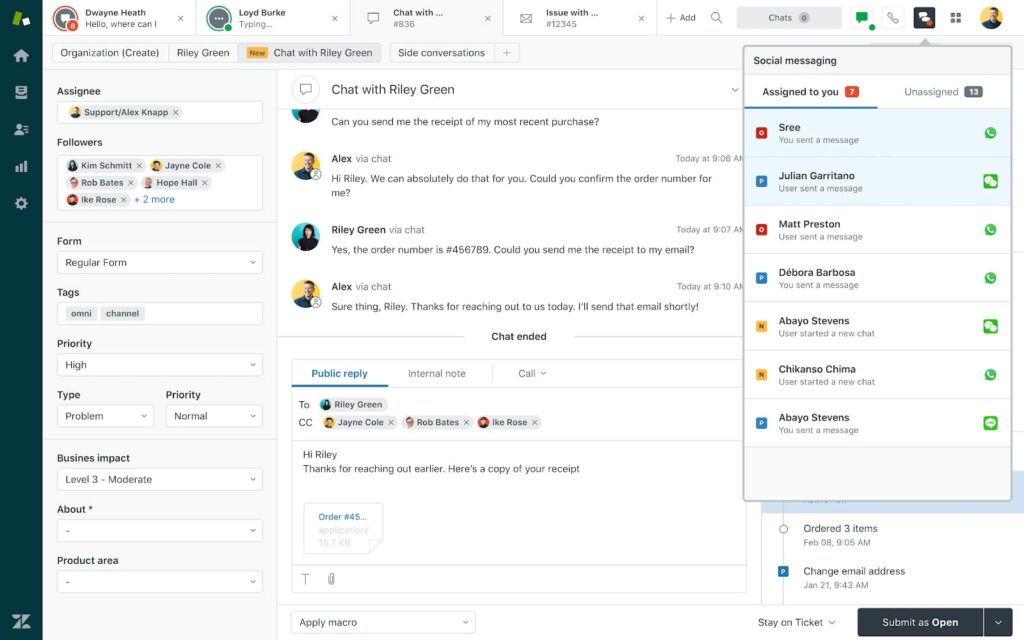
Zendesk Sunshine is Zendesk’s open and flexible Customer Relationship Management (CRM) platform built on the AWS (Amazon Web Services) public cloud. Most people think of CRM systems as sales tools, but they are very useful for customer engagement too. The solution is designed to allow companies to better understand user behavior, so they can offer more personalized service and this way improve customer engagement.
Zendesk Sunshine consolidates all customer conversations through various communication channels and social media platforms in one place for easier customer interaction management. It also boasts a chatbot that businesses can use on messaging channels to help customer support managers, in addition to live chat and messaging.
Let us now explore the core functionality of Zendesk Sunshine including engagement features.
Open and flexible architecture
You can customize its interface without coding which is absolutely great for non-technical users. Being built on AWS, Zendesk Sunshine allows for easy customization and scalability so that you can tailor the platform to suit even the most demanding needs.
API-first design
The solution integrates easily with so many other systems, tools and data sources that we will not bother listing them – it will take up the size of the whole article.
Real-time analytics
This feature allows you to gather real-time data on client interactions, making it easier to provide timely and relevant customer service.
Security
Built on AWS, Zendesk Sunshine boasts robust security features, including data encryption and compliance standards.
Who is it intended for?
Sales and customer service teams.
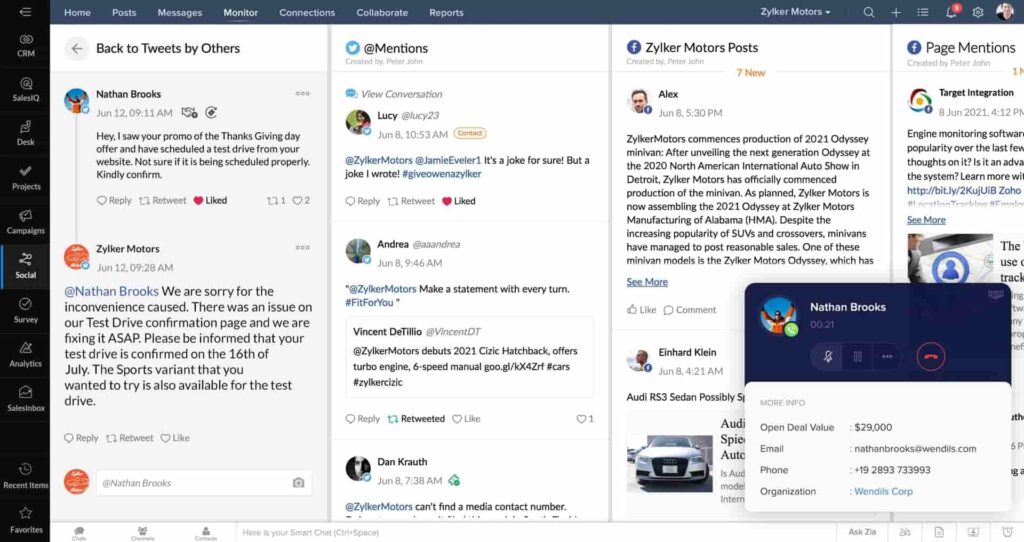
Zoho CRM Plus is an integrated customer experience platform delivered by Zoho Corporation. It lets businesses easily monitor and manage customer experiences. Thanks to real-time notifications on customer interactions, teams can react immediately to fix an issue, resolve a complaint or finalize a sale.
Let us dive deeper into its key features.
Marketing and sales automation
With Zoho CRM Plus, you can streamline lead management, automate routine tasks, execute targeted marketing campaigns and enhance the overall productivity of your sales and marketing teams.
Customer surveys
Zoho CRM Plus lets you collect valuable feedback from your customers and get reliable customer insights from it. Forewarned is forearmed after all.
Social media monitoring
Using Zoho CRM Plus, you can track social media interactions related to your company or brand and engage with your audience effectively almost on any social communications platform.
Who is it intended for?
Support team, project managers, sales team and sales reps, marketing team, etc.
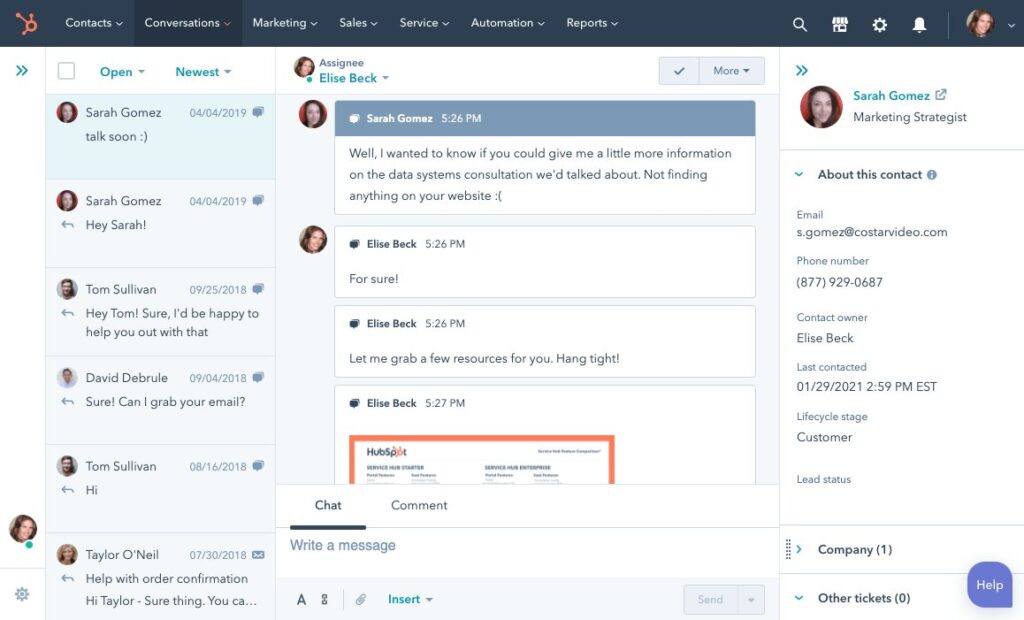
HubSpot is a popular CRM platform designed to create remarkable customer experiences. Users highly value its inbound marketing, sales and customer service tools. On top of that, HubSpot offers a comprehensive suite of features aimed at improving customer engagement: email marketing, social media management and live chat.
It is time to look at the core features of HubSpot.
Inbound marketing
There is every likelihood HubSpot popularized the concept of inbound marketing. It offers a wide variety of marketing tools such as SEO recommendations, lead management, bots to engage in sales conversations, push notificationsand social media schedulers to attract potential customers.
Third-party integrations
HubSpot supports integrations with quite a number of other tools and platforms, that’s why businesses do not usually have trouble incorporating HubSpot into their existing workflows.
Robust automation capabilities
It is no surprise to anyone that automation saves time, resources, and effort of your teams while allowing them to focus on more strategic tasks. With HubSpot, you can automate nearly anything in your company: email marketing, sales, customer support and operational workflows.
Who is it intended for?
Marketing, sales and customer service teams.
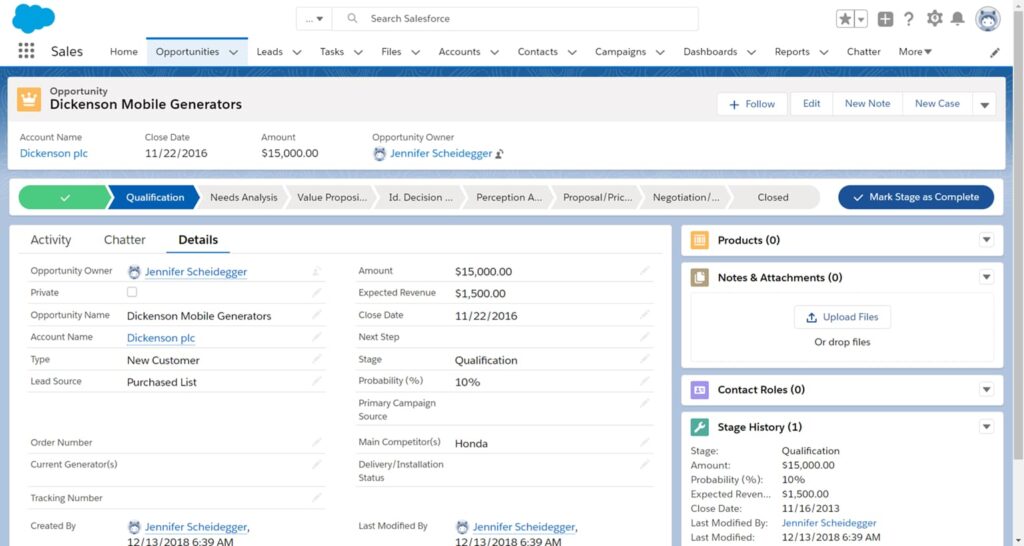
As its name implies, Salesforce Customer 360 is designed to provide businesses with a comprehensive, 360-degree view of their customers. Being an integrated CRM platform, Salesforce Customer 360 consolidates customer data from various departments and from every step of their journey. This shared view enables teams to collaborate on delivering personalized experiences and building trusted relationships with customers.
Okay, so what are the key features of Salesforce Customer 360?
Unified customer profile
The platform brings together customer data from multiple customer touchpoints into one unified dashboard. This helps organizations comprehend customer behavior, preferences and history of user interactions, paving the way for more personalized engagement.
Customer journey builder
You can use this functionality to graphically design a map of customer journeys, pinpointing important milestones and discovering opportunities for customer engagement.
Service cloud
Salesforce Customer 360 incorporates powerful customer support features like automated ticketing, live chat and a knowledge base for timely and effective self-service support.
AI-enhanced analytics
Salesforce Einstein, the first comprehensive AI for CRM, offers predictive analytics and machine learning to equip businesses with the tools for anticipating customer requirements and fostering data-driven decision-making.
Who is it intended for?
Marketing and customer support teams as well as sales reps.
It is a well-known fact that today’s market is oversaturated with choice. And customers having such an embarrassment of riches as well as almost unlimited access to information can switch between brands at lightning speed.
You would ask: “How to prevent this?” The only way is to invest time and money in creating the best possible customer experience and making the customer journey smooth and pleasant. Nowadays revenue growth depends not only on your offering but on customer relationships too.
In this article, we compiled a short list of the best customer engagement tools. Out of the five customer engagement software solutions we analyzed, FuseBase stands out as probably the best price to quality ratio. So, if you are striving to create great customer experiences that will lead to loyal customers and make the customer journey with you unforgettable, give FuseBase a try. A free trial is waiting for you to explore. It may become your greatest weapon in improving customer satisfaction.
Make the client’s experience seamless with FuseBase!
Disclaimer
Parties other than FuseBase may provide products, services, recommendations, or views on FuseBase site (“Third Party Materials”). FuseBase is not responsible for examining or evaluating such Third Party Materials, and does not provide any warranties relating to the Third Party Materials. Links to such Third Party Materials are for your convenience and do not constitute an endorsement of such Third Party Materials.
Found it useful? Share the article with your community
Get weekly tips and insights on how to grow your business